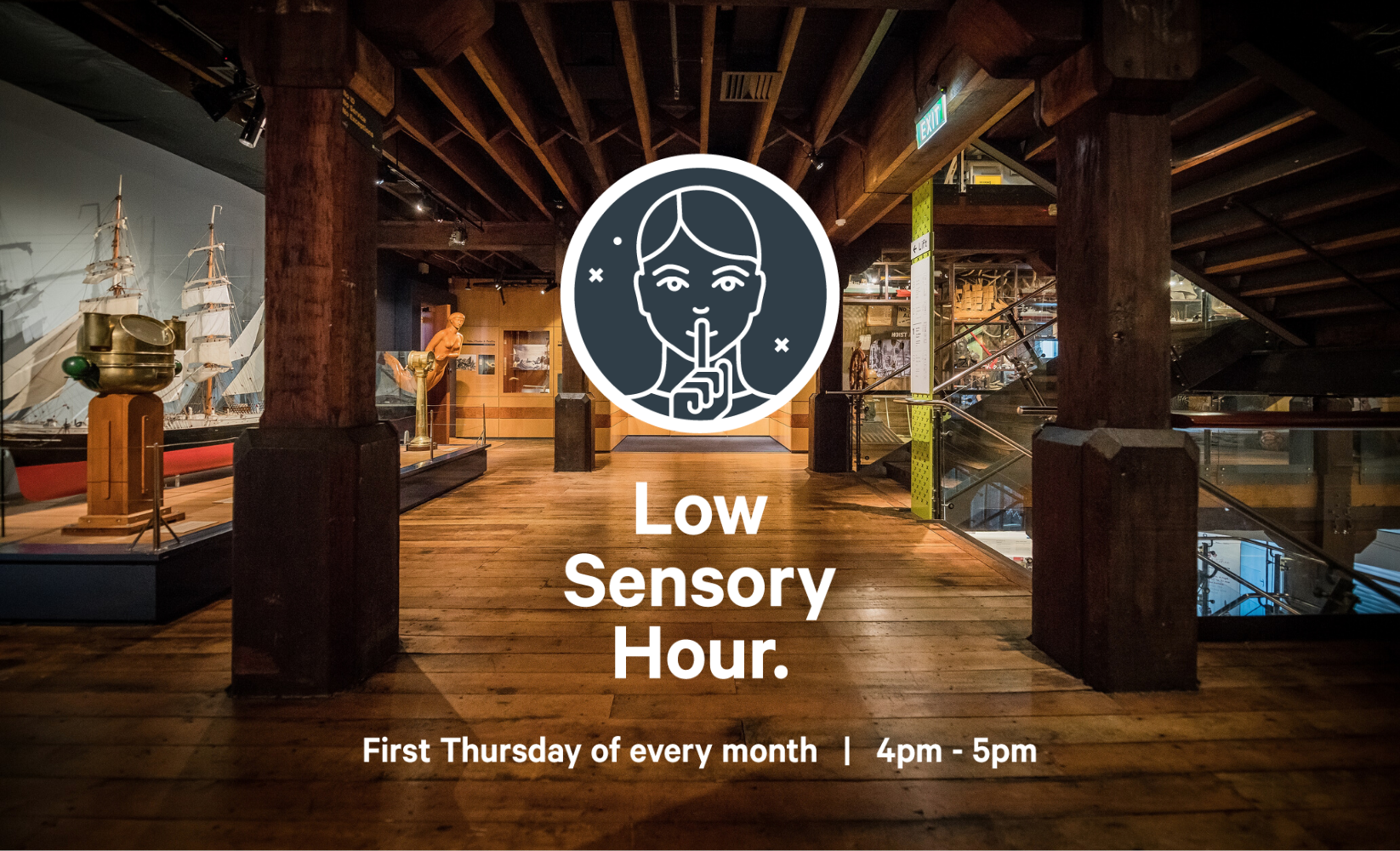
Read more
By Ian Wards | 15 February, 2024
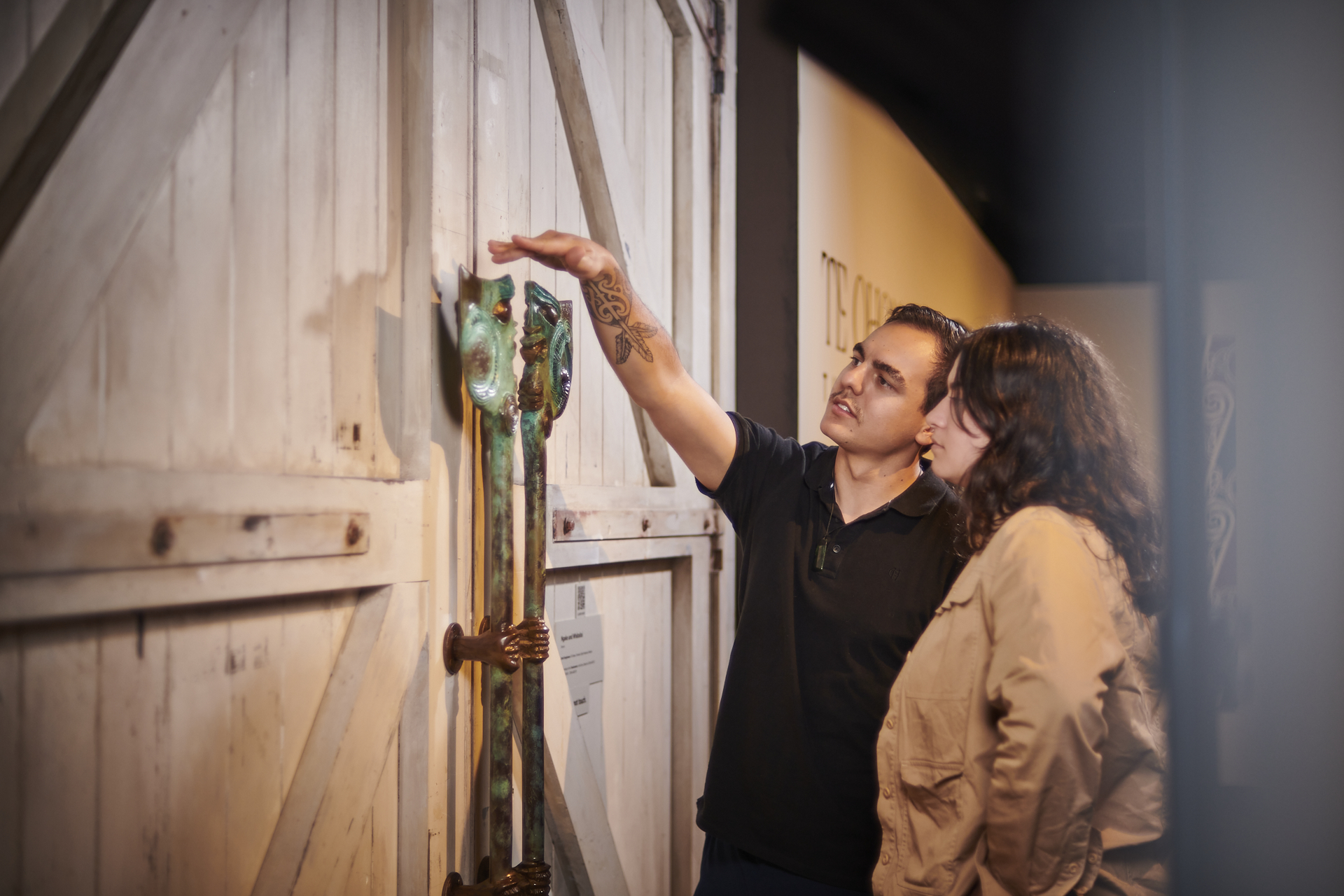
Contemporary Māori artists from Te Upoko o te Ika a Māui are giving aroha to undocumented taonga in Te Ohonga: The Awakening, a new exhibition at Te Waka Huia o Ngā Taonga Tuku Iho Wellington Museum.
The process of developing the exhibition opened our eyes to the cultural value of taonga in our collection, and also to the respect, deep knowledge and skill exhibited by the artists who responded to them. I co-curated the show with Toi Māori Tātai Taura Dr Anna-Marie White (Te Ātiawa), the driving force behind the exhibition. Anna is incredibly passionate and knowledgeable about toi Māori and I was privileged to ride in her slipstream through the development of the exhibition.
This is a unique collaboration between Wellington Museum, Toi Māori Aotearoa and 19 contemporary artists and artist collectives working in Māori creative hubs throughout Te Upoko o te Ika (the Wellington region). The artists were invited to manaaki the taonga collected by the community minded, Martinborough-based businessman George Pain (1846-1937) throughout his life. His widow Mary donated these taonga to Wellington City Council in 1946, and they came into Wellington Museum’s collection in 2004.
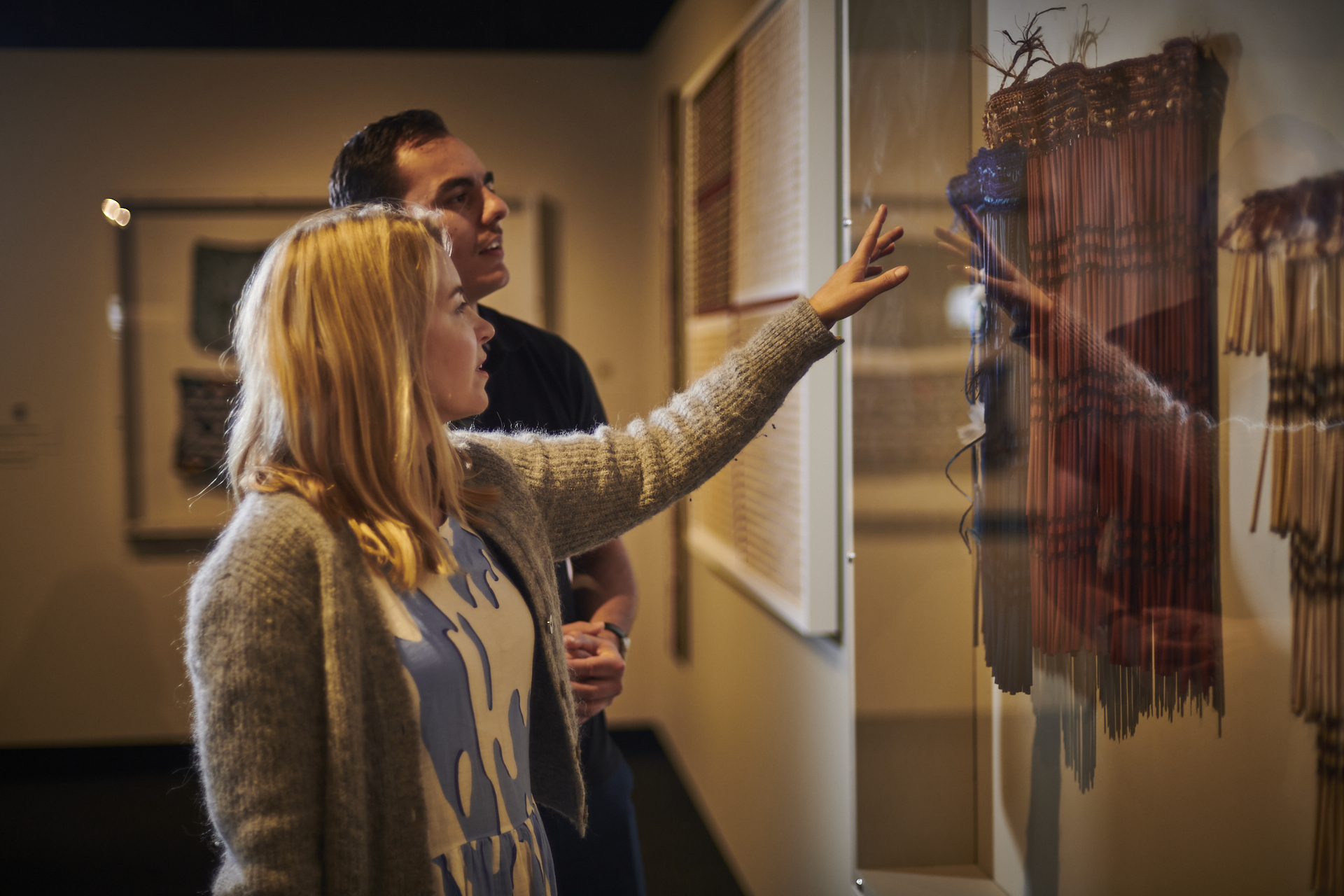
Like many taonga collected by Pākehā in the late 19th /early 20th century, the history, stories and whakapapa of these taonga were not documented, leading to them sitting silently in our storage site for almost two decades. Museum staff, including myself, often feel frustrated that these histories were not recorded. This is partly a reflection of late 19th century Pākehā thinking, where taonga Māori were incorrectly perceived as curios, objet d’art or relics of a dying warrior race. The idea of keeping detailed records of their cultural use was probably not top of mind for George Pain.
More broadly, museums are products of late 18th century European imperial expansion. They were developed to showcase cultural and natural history material, following the scientific thinking of the time. Wellington Museum, being a relatively young museum, does not have too much imperial baggage, but we do have the George Pain collection to grapple with.
We are grateful to the artists who dedicated their time, passion and energy to this project, creating exquisite new works in a wide variety of media and practices, full of depth and meaning that awhi (support, embrace) these taonga. We filmed and interviewed many as they created their work, capturing the expert knowledge imbued in their artistry, their kōrero with the original makers of the taonga, and the insights they provided about the George Pain collection. You can see these poignant interviews, in the exhibition and on our website.
We opened the exhibition with an uplifting powhiri and later, over a cup of tea I heard that George Pain’s grandnephew Dennis Gibbs had come to the opening of his own accord. Dennis was overjoyed to see the care and respect being given to these taonga and to George Pain’s legacy, bringing the story full circle.
By Alicia Harris | December 7, 2023
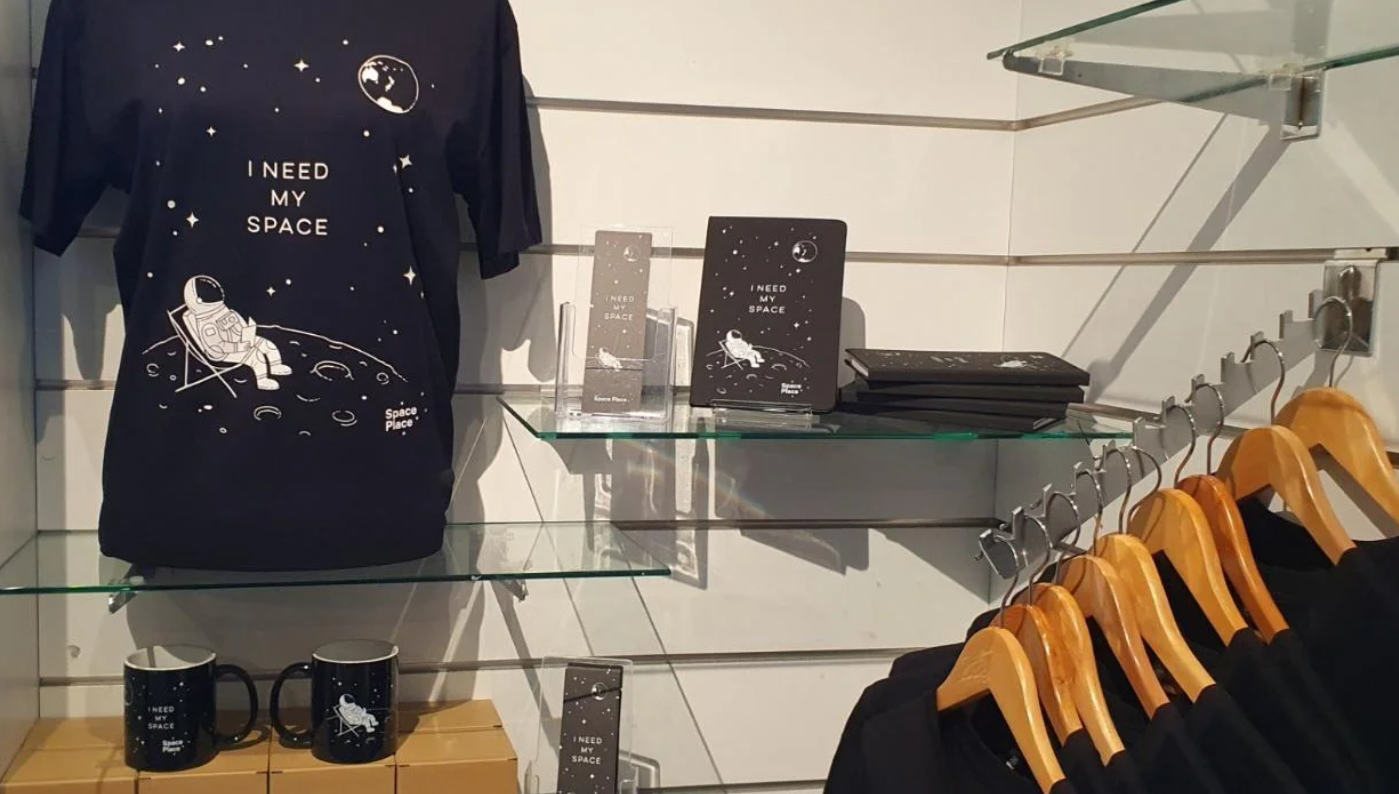
I came across a couple of cruise ship passengers at Cable Car Museum a couple of weeks ago, on a typically blustery Wellington day. One of the women picked up a T-shirt featuring the word Wellington being buffeted by gusty clouds and said, “Look it’s Wellington! And it really is windy!” and they burst out laughing.
They only docked in Wellington Harbour for a day, but they’ll take that moment away with them and always remember when they were in Wellington it was wild and windy, but beautiful. It’s a great example of how we can make an immediate impact and connection between our place and the people who visit our cultural institutions like Cable Car Museum, City Gallery, Wellington Museum, Capital E, Nairn St Cottage and Space Place.
‘Tis the season to be ticking off Christmas gift lists for most people, but like many on the other side of the counter we’ve been planning for months and have a very clear intention behind our gift store approach. It’s important to us because Experience Wellington is Wellington Museums Trust, a registered charity and our retail revenue, venue hire and donations help us to continue to bring remarkable experiences to people in the city.
We want our gift shops to be an extension of our visitors’ experience, rather than just an add on, ‘do you want fries with that?’ We deliberately offer keepsakes that mirror the stories we tell within our walls, with three quarters of our products celebrating Pōneke by promoting local creatives and Māori makers. We are a creative capital, with creativity spilling into our cracks and alleyways, independent pop-up shops and markets. I feel really lucky we have the bricks and mortar to champion our city’s makers’ skills in our spaces. Showing creativity is still an essential part of our capital city’s DNA.
We drive revenue back into our creative communities by featuring plenty of quality local brands including books from Huia Publishers, Apostle hot sauces, chocolate from Wellington Chocolate Factory and Wonderland, National Candles and timo and toki made by Paku. We’re equally proud of the products designed by our in-house team. We found our Wellington travel poster was a big hit during the Covid-19 pandemic and our exclusive ranges have blossomed from there.
We put a lot of thought into these lines, like our Wahine Mīharo range created to champion women around the time of the Fifa Women’s World Cup. It’s a product we thought women would buy to treat themselves but when a Dad came in asking for help to find his daughter’s size, we realised the range was also a way for people to celebrate their daughters, partners, mothers and other important women in their lives.
That moment of connection and making people happy is always something I look out for and regularly see at Space Place where our ‘I need my Space’ range of products is flying out the door. It makes everyone laugh, although they interpret the message in different ways. Some want to make a statement about looking after themselves, some love anything to do with space and others are just tickled by an astronaut taking a moment on the moon to sit on a deck chair.
If you’re looking for a gift this holiday season, consider taking home a piece of Pōneke and thinking about supporting the many stores in our city that champion local makers. We consider it our responsibility to celebrate our city. You can, too.
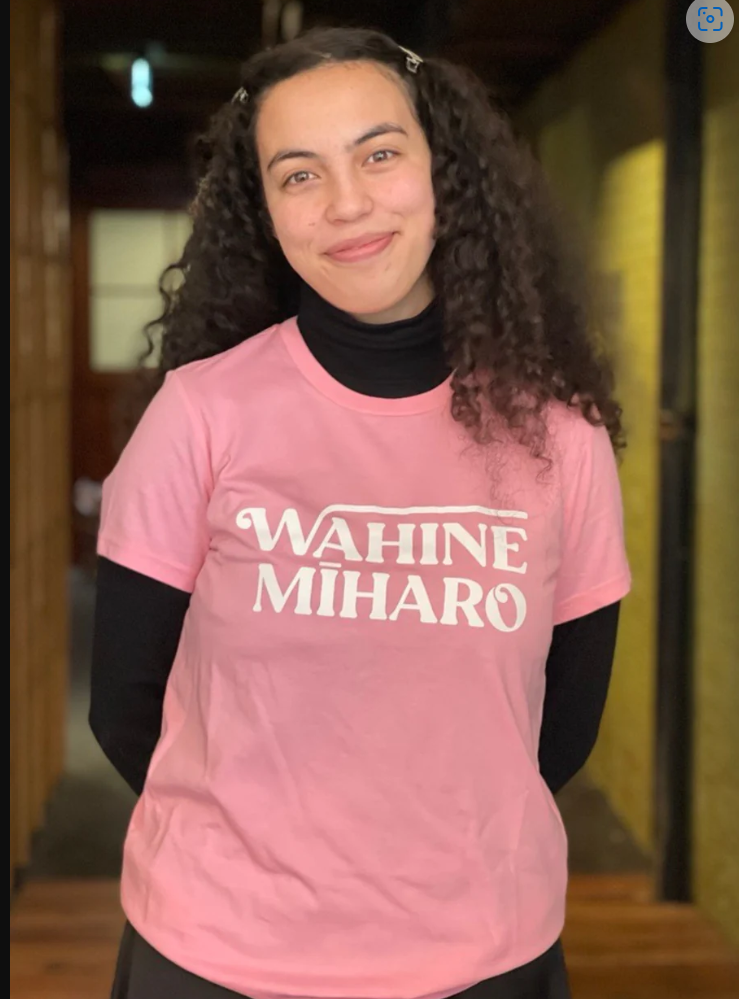
By Megan Dunn, Curator – Special Projects | November 7, 2023
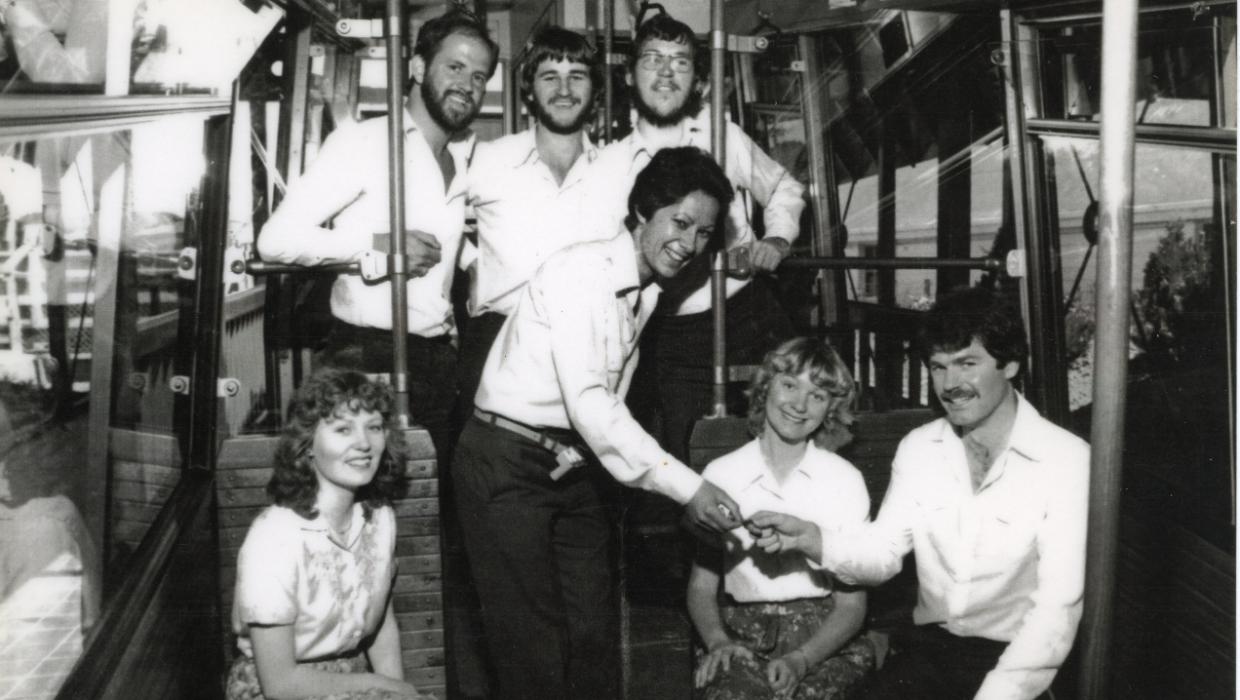
I meet Kavi Jaz Faulkner-Ruka at a cafe in Tauranga and she hands me a soft black folder. Inside is a sweet piece of history – two photographs of her mother Lorrayne Ruka-Issac (Ngāpuhi) dressed in her cable car uniform, a retro illustrated coaster of one of Wellington’s famous red cable cars travelling up that steep incline and, sweetest of all, a calico cloth printed with an image of Lorrayne’s face, hand drawn koru motifs swirling around the edge of the fabric like a frame. On the cloth, the caption reads, “It’s me and damn, I’m good.” This cloth was a personalised leaving gift presented to Lorrayne in 1981 by the Kelburn Cable Car staff.
Ruka-Issac was the first woman funicular tram driver in New Zealand and damn, she was good at it.
“Mum said she loved driving the cable car. That was one of the best times in her life,” Faulkner-Ruka says, as sit at a table with her and her wife, Chucky, looking at Lorrayne’s old CV.
I am borrowing these irreplaceable items – the photos, the coaster, and the beautiful cloth – so I can feature Lorrayne’s story in a display I’m working on for the Cable Car Museum.
I ask them what the monetary value of the items is for my paperwork, and they laugh. “The wrath of hell!” Chucky says, so I write that down for the registrar.
The Kelburn Cable Car first started running in 1902 and the bright red cable cars have long been a symbol of the city. At the top of Kelburn hill, just next to the terminal, is the Cable Car Museum. We house two original cars, ‘Grip Car One” and Grip Car three’ plus the historic winding gear. The museum tells the story of the cable car’s technological innovation and evolution but, over the last few months, I’ve also been gathering personal stories and memories to bring this history to life.
“Being a woman trying to get into what was called then a man’s job it was more difficult for her— but she stood her ground. I was proud to be her daughter,” Faulkner-Ruka says.
In October 1979 Lorrayne and her brother Henry Ruka both worked for Wellington City Transport driving buses, but when the opportunity arose to apply for a job on the new ‘Swiss-made’ cable cars that replaced the old ‘red rattlers’, Lorrayne put her hat in the ring.
She went for the job and got it, much to the consternation of male colleagues. But Lorrayne took their resistance in her stride.
Chucky says: “The staff asked her to wear a skirt, but she said, ‘No, they all get to wear a suit and tie. I’m wearing a suit and tie’ so in the photos you can see she’s got a tie and her pants on. She did not want to be stereotyped by her gender.”
Cable Car drivers are ambassadors for the city and Lorrayne had a gift for customer service. She also loved music and on the Kelburn Cable Car she used to play music to her passengers. Her favourite bands included The Hi Marks, a Māori showband who put out two bestselling albums. Her brother jokes they owed their success to Lorrayne playing them on the Cable Car. The Hi Marks were whānau featuring Lorrayne’s uncles, Butch, Hayward, and George Ruka (alongside their nephew John.)
“She took her guitar everywhere,” Faulkner-Ruka says.
In 1981 Lorrayne left the Kelburn Cable Car for an overseas adventure. The New Zealand Herald and the New Zealand Woman’s Weekly both covered stories on Lorrayne as the first cable car driver. (I am still chasing those stories down!) Lorrayne continued to operate cable cars in the United Kingdom, Hong Kong, San Franciso, and Switzerland. She died in 2015.
Over the phone, Lorrayne’s older sister Mere Nakare, based in Blenheim, tells me, “I always knew my sister was a part of history.”
Lorrayne’s story will be featured in newly refreshed displays at the Cable Car Museum.
If you have any memories of Lorrayne, recognise any of the staff in this photo or have other memories of the Kelburn Cable Car you’d like to share, please get in touch. I’d love to hear from you.
By Experience Wellington Digital Content Producer Tom Etuata
My parents moved from Niue to Niu Silani (New Zealand) in mid 1967.
My Matua Tanē (father) Tom Etuata Snr received an Inland Revenue scholarship to work in Ueligitoni (Wellington) – so he and my Matua Fifine (mother) Akeletama made the decision to move to Niu Silani.
They arrived on the ship SS Tofua which sailed to Niu Silani and docked in Okalana (Auckland). From there they travelled down to Ueligitoni.
Pasifika families migrating to Ueligitoni supported each other as they settled into a new country. On Aho Tapu (Sunday), some Pasifika families would congregate at the Pacific Island Church (PIC) in Newtown. This place was an important support base in the 1960s, 70s and 80s – not only as a place of worship but also for maintaining ties with other Pasifika families living and settling in Ueligitoni.
By the early 1970s The Niue Maaga (Community) in Ueligitoni was tupuhake (growing). This led to Niuean Minister Reverend Lagi Sipeli and his wife Mokataufoou (Moka) Sipeli arriving from Okolana to Ueligitoni to provide much needed spiritual guidance and support.
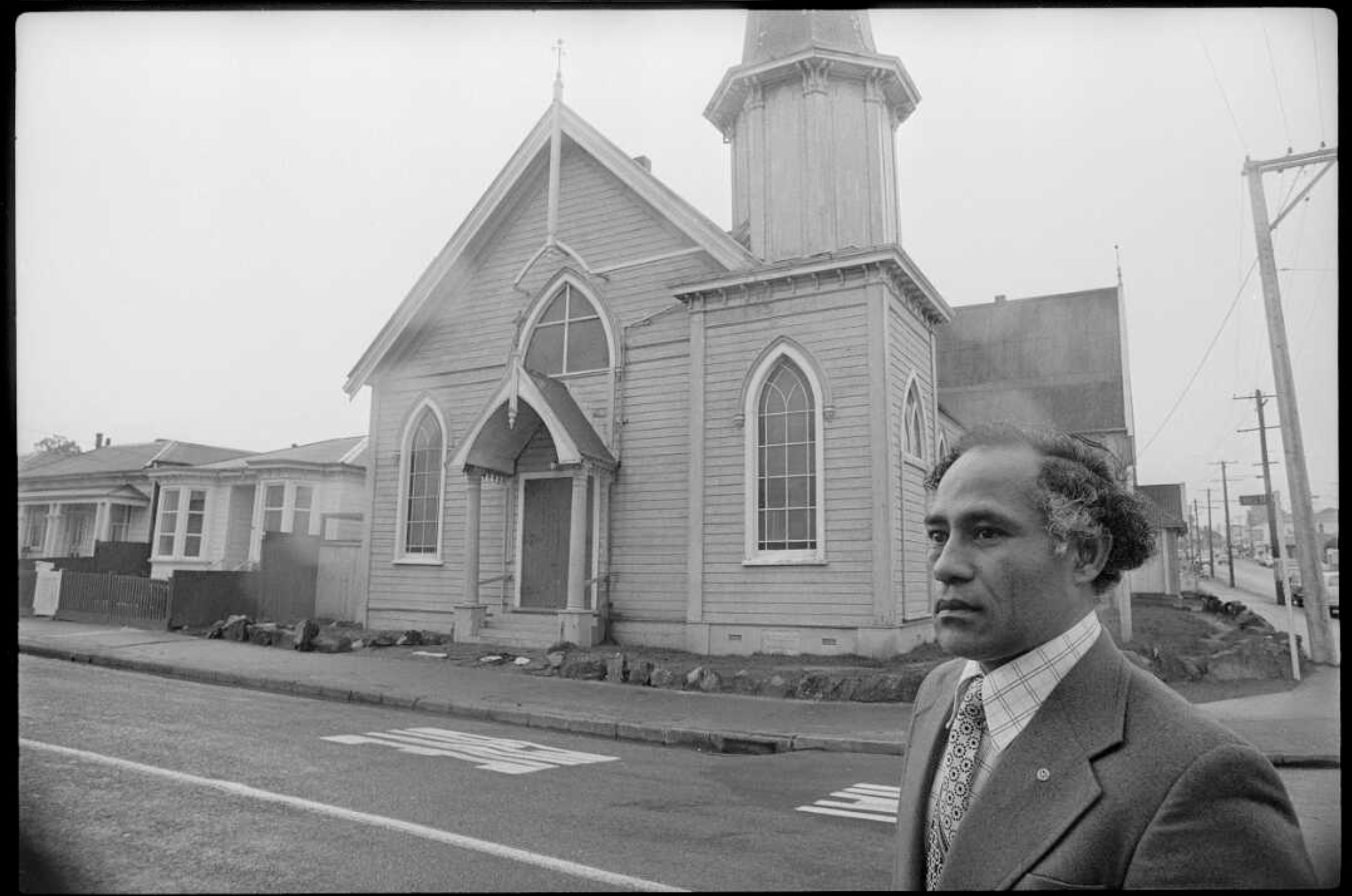
It was evident that there wasn’t enough taimi (time) and space for the Niuean community to have their own Fekafekau (Service) at PIC, so in October 1977 the Niuean congregation moved from the PIC Church to Fakalataha (join) the Palagi (European) congregation at St James Presbyterian Church on Adelaide Road, Newtown.
It was a perfect union between the Palagi and Niuean congregations, and both communities prospered. Many Niuean children from that time in the 1980s (including me) remember days of Sunday Schools, White Sunday Services, haircutting ceremonies, big families getting together, big gatherings and even bigger feasts.
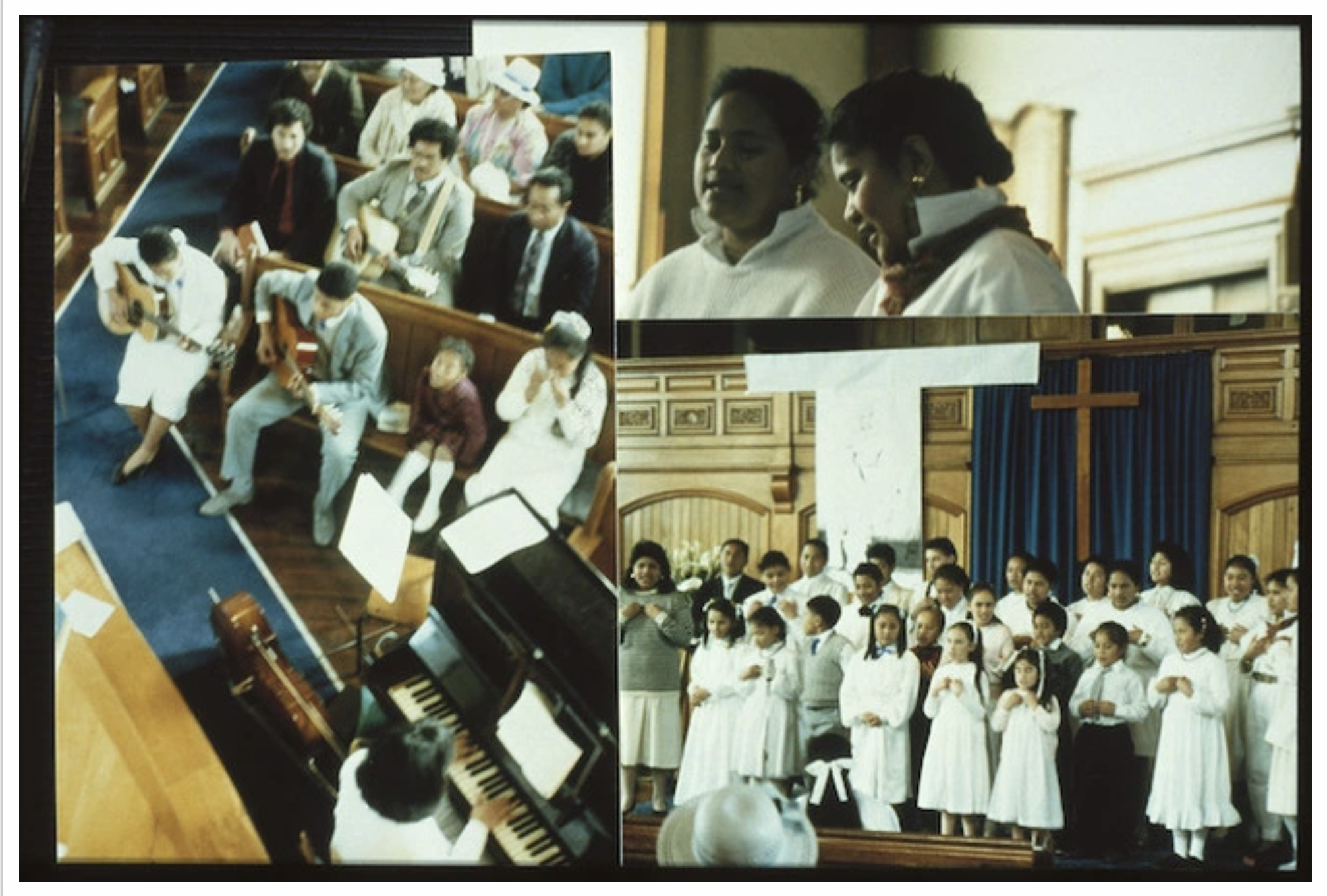
In 2013 the St James English Presbyterian Church dissolved and the Niuean congregation moved to St Giles in Kilbirnie. The St James building was considered an earthquake risk and closed for a time, until it was renovated, becoming an up–market apartment complex in 2016.
I went to the first open home of the completed St James apartment complex, curious to see how this once sacred building, where I’d spent most Sundays during childhood, now looked. It had been divided into compartments for luxury living rooms and bedrooms, complete with ensuites. It felt weird, a bit sad and a touch surreal. Other members of the Wellington Niuean community also came along, similarly curious about how the church had been transformed. In a way that day was a Wellington Niuean community reunion of sorts. We reminisced about days gone by, while pointing out to prospective buyers that their beautiful dining and kitchen area was once the spot where the communion table and minister’s pulpit stood.
Mokataufoou (Moka) Sipeli has been involved with the Wellington Niuean community from the early 1970s.
Along with her husband the Rev Lagi Sipeli, they both served the Niue community for 34 years retiring from ministry in 2004. Four years later, in 2008, Lagi passed away.
Moka is the matriarch of the Wellington Niuean community and resides in Haitatai. She’s a strong advocate of Takiofa (preserving) the Niuean language. She created the first Niuean Language Nest in New Zealand in 1984 and received the Order of Service Medal in 2018 for service to the Niuean community.
She has kindly donated two of her church Pulou (hats) to Wellington Museum’s collection, which will be on display in future, to help us share the story of the Niuean community. She wore these hats when attending services at both St James and PIC churches. Pulou (hats) are worn by Niuean women when they attended church services as a sign of Fakalilifu (respect).
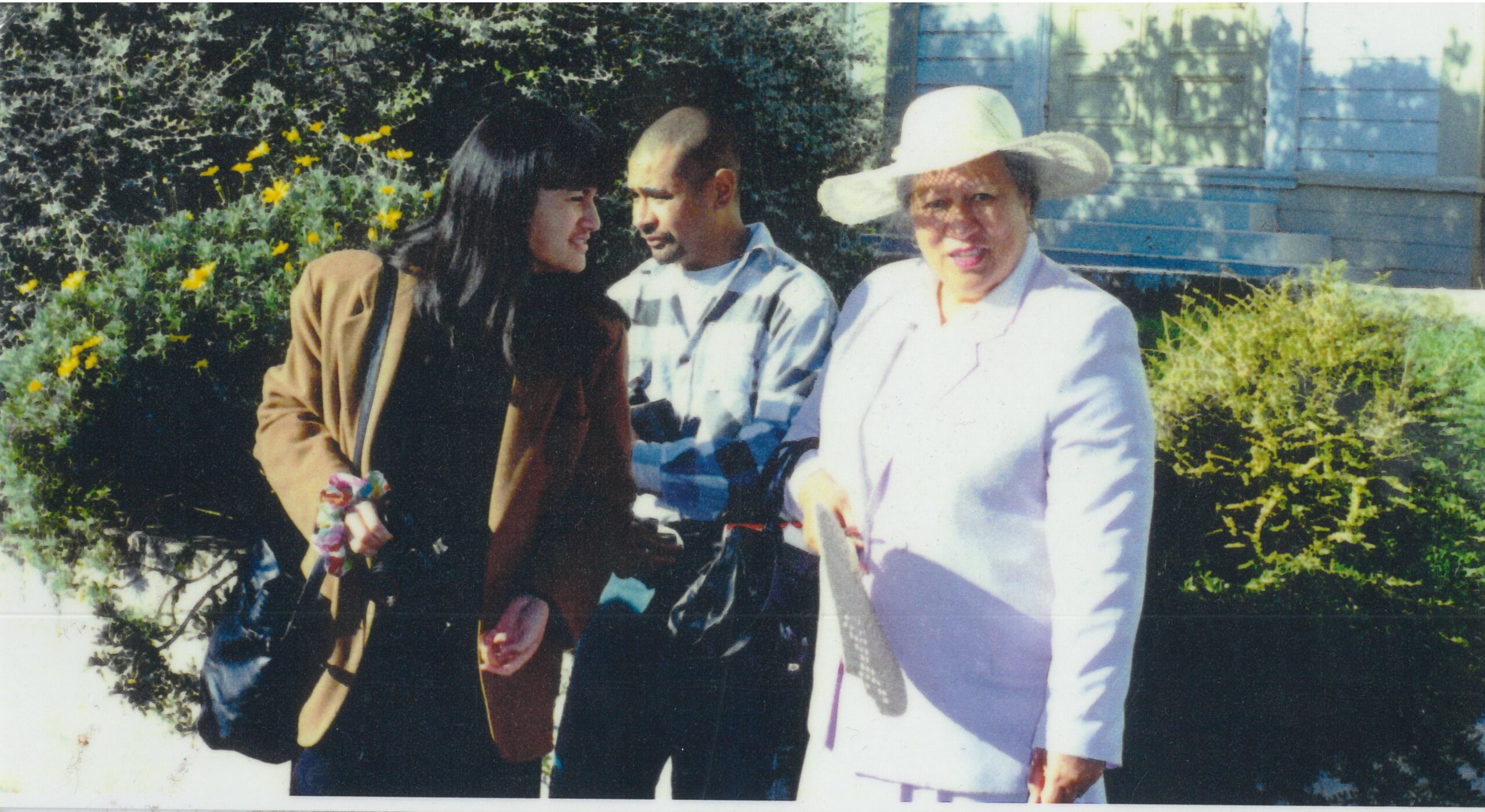
Fakaaue Lahi (Big Thank You) to Moka Sipeli for kindly donating these hats to
Ueligitoni Fale fakataataa tau tufuga tuai (Wellington Museum).